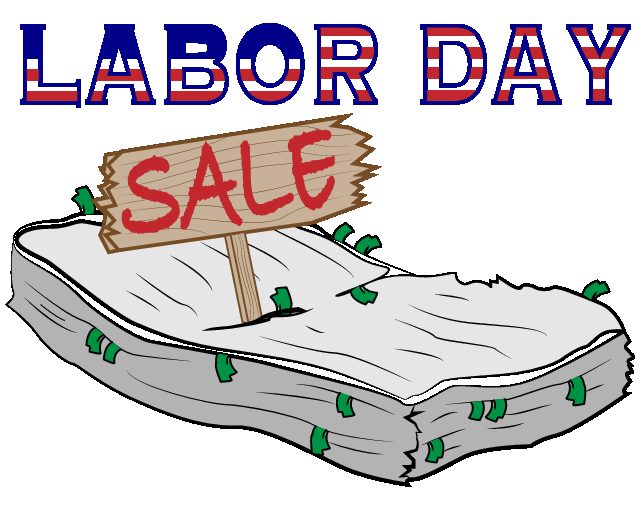Labor Day: More Than A Three Day Weekend
The first Monday in September is known in the United States as Labor Day. Labor Day is a federal holiday that commemorates and celebrates the triumphs brought about by the labor movements that occurred during the industrial revolution.
According to the U.S. Department of Labor, this day is a tribute to American workers’ social and economic developments and achievements. These contributions to the American labor system, such as shorter work days and work-free weekends, have helped our country grow strong and prosper.
During the industrial revolution, many jobs were created to fulfill the need for manufacturing factories. According to The History Channel, these factory jobs required 12-16 hours of work a day, and employees were often paid less than a dollar per hour. The owners of these factories grew richer and richer by paying their employees miniscule wages and working them for so many hours a day.
While the labor system worsened, some employees created labor unions. Labor unions were often created to protest for better working conditions, shorter working hours and higher wages. After years of riots and protests, the U.S. Government passed legislation to allow for an 8-hour workday, work-free weekends and the creation of a national minimum wage. Labor Day celebrates this legislation and the laborers who made it possible.
Cynthia Hawthorne, a junior at Utah State, recently started doing research about Labor Day.
“I wasn’t sure what the day celebrated before my research,” Hawthorne said, “but now I see Labor Day as a celebration of the people in history who stood up for what they wanted and believed in. Without these people who fought for better labor systems, we may still have child labor and 14-hour work days.”
With the scent of Labor Day barbeques in the air, students throughout campus are taking the time to learn about and appreciate the American labor movements of the late 19th century and how it has affected the current labor system.
“The three-day weekend is a perfect time to have a barbeque and celebrate before the weather turns cold. I have always seen Labor Day as a last hoorah before school really starts to get going,” said Callum Wright, a sophomore at Utah State. “But now that I know what Labor Day is really about, it gets me thinking about how labor laws have an effect on my job and income.”
Nathanael Packard, a sophomore at Utah State, is studying economics and encourages students to learn more about our modern labor system.
“As students, we should learn about how our labor system really works. If nothing else, having a basic knowledge of economics can help you avoid being taken advantage of by employers.”
One of the biggest triumphs of the so-called “Labor Day Legislation” was the creation of a minimum wage. This is crucial legislation for students at Utah State, since young adults ages 16-24 are the most likely to be paid minimum wage, according to Pew Research Center.
When this legislation first took effect, government officials determined minimum wage to be the minimum income that provided a man with the means to provide a modest but comfortable household for a small family, according to the U.S. Department of Labor Wage and Hour Division.
Currently, minimum wage is determined by the government based on factors such as the financial and physical needs of workers and their families, worker and job productivity, comparable wages and requirements of social and economic development both locally and nationally, according to the U.S. Department of Labor.
The current two-tier wage system helps differentiate minimum wage from higher wages. The first tier in this system is considered to be minimum wage, a mandatory wage all workers must be given to improve coverage of employees and promote productivity and economic growth. The second tier is much less regulated and considered to be the voluntary amount employers pay employees that is above the minimum wage.
Minimum wage varies state-to-state and is reviewed each year by each state’s Department of Labor and Employment. Minimum wage may change due to the department’s findings. The current minimum wage in Utah is $7.25 USD per hour.
“I get paid minimum wage and I just do not understand how people can survive on such a small amount of money. Even working 40 hours a week is not enough to pay rent and still have money left over for food,” said Courtney James, a freshman at Utah State.
Taylor Jinney, a senior at Utah State, gets paid $12.50 USD an hour, $5.25 more than the minimum wage. “I only work 20-30 hours a week with school, I think it is unreasonable to ask full-time students to work more than that, and I can barely survive on such a small amount of money.”
— Brianne Sorensen
@SorensenBrianne


there are o com